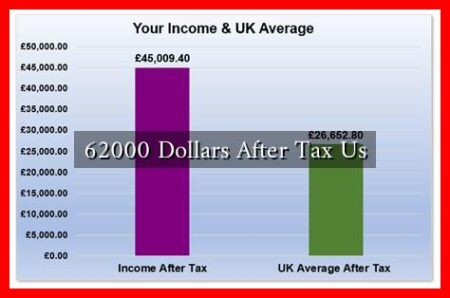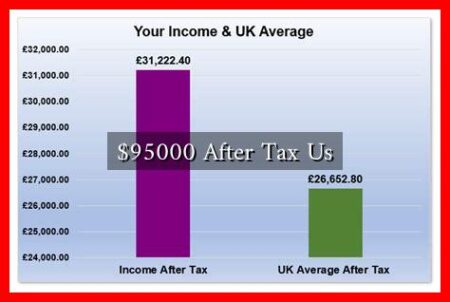-
Table of Contents
Taxes: The United States vs. Germany
Taxation is a critical aspect of any economy, influencing everything from individual financial decisions to national economic policies. The United States and Germany, two of the world’s largest economies, have distinct tax systems that reflect their unique social, political, and economic landscapes. This article explores the key differences and similarities between the tax systems of these two nations, providing insights into how they impact citizens and businesses alike.
Overview of the Tax Systems
Both the United States and Germany employ progressive tax systems, meaning that tax rates increase as income rises. However, the structure, rates, and types of taxes levied differ significantly.
United States Tax System
The U.S. tax system is characterized by a combination of federal, state, and local taxes. The primary types of taxes include:
- Income Tax: The federal income tax is progressive, with rates ranging from 10% to 37% as of 2023. States also impose their own income taxes, which can vary widely.
- Payroll Taxes: These taxes fund Social Security and Medicare, amounting to 15.3% on wages, split between employers and employees.
- Corporate Tax: The federal corporate tax rate is currently 21%, but state taxes can add to this burden.
- Sales Tax: This is a consumption tax levied at the state and local levels, with rates varying from 0% to over 10%.
German Tax System
Germany’s tax system is more centralized, with the federal government, states, and municipalities all playing a role. Key components include:
- Income Tax: The German income tax is also progressive, with rates ranging from 0% to 45%. The top rate kicks in at an income level significantly lower than in the U.S.
- Value Added Tax (VAT): Germany employs a VAT system, which is a consumption tax applied at each stage of production and distribution, currently set at 19% for most goods.
- Corporate Tax: The corporate tax rate in Germany is around 15%, but when local trade taxes are included, the effective rate can be as high as 30%.
- Solidarity Surcharge: This is an additional tax of 5.5% on income tax, introduced to support the economic development of Eastern Germany.
Comparative Analysis
When comparing the two systems, several key differences emerge:
Tax Burden
According to the OECD, the overall tax burden in Germany is higher than in the United States. In 2021, the total tax revenue as a percentage of GDP was approximately 38% in Germany compared to about 27% in the U.S. This difference reflects Germany’s extensive social welfare programs, which are funded through higher taxes.
Social Services and Benefits
Germany’s higher tax rates are often justified by the extensive social services provided to its citizens, including:
- Universal healthcare
- Generous unemployment benefits
- Subsidized education
- Comprehensive pension systems
In contrast, the U.S. offers fewer social services, which can lead to higher out-of-pocket expenses for healthcare and education.
Complexity and Compliance
The complexity of tax codes in both countries can be daunting. However, the U.S. tax system is often criticized for its complexity, with numerous deductions, credits, and loopholes that can confuse taxpayers. In Germany, while the system is also complex, the emphasis on VAT and fewer deductions can simplify compliance for many businesses.
Case Studies: Individual Tax Scenarios
To illustrate the differences further, consider two hypothetical individuals: John in the U.S. and Hans in Germany.
- John: A single filer earning $100,000 in the U.S. would pay approximately $18,000 in federal income tax, plus state taxes, payroll taxes, and possibly local taxes.
- Hans: A single filer earning €100,000 in Germany would pay around €30,000 in income tax, plus the solidarity surcharge and other contributions, leading to a higher overall tax burden.
Conclusion
The tax systems of the United States and Germany reflect their respective societal values and economic priorities. While the U.S. system emphasizes lower tax rates and less government intervention, Germany’s higher tax rates fund a robust social safety net. Understanding these differences is crucial for individuals and businesses operating in or considering investment in either country. Ultimately, the choice between these systems often comes down to a trade-off between tax burden and the level of public services received.
For more detailed information on tax policies in both countries, you can visit the OECD Tax Database.


